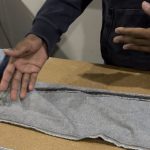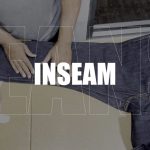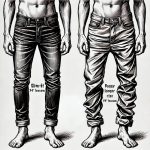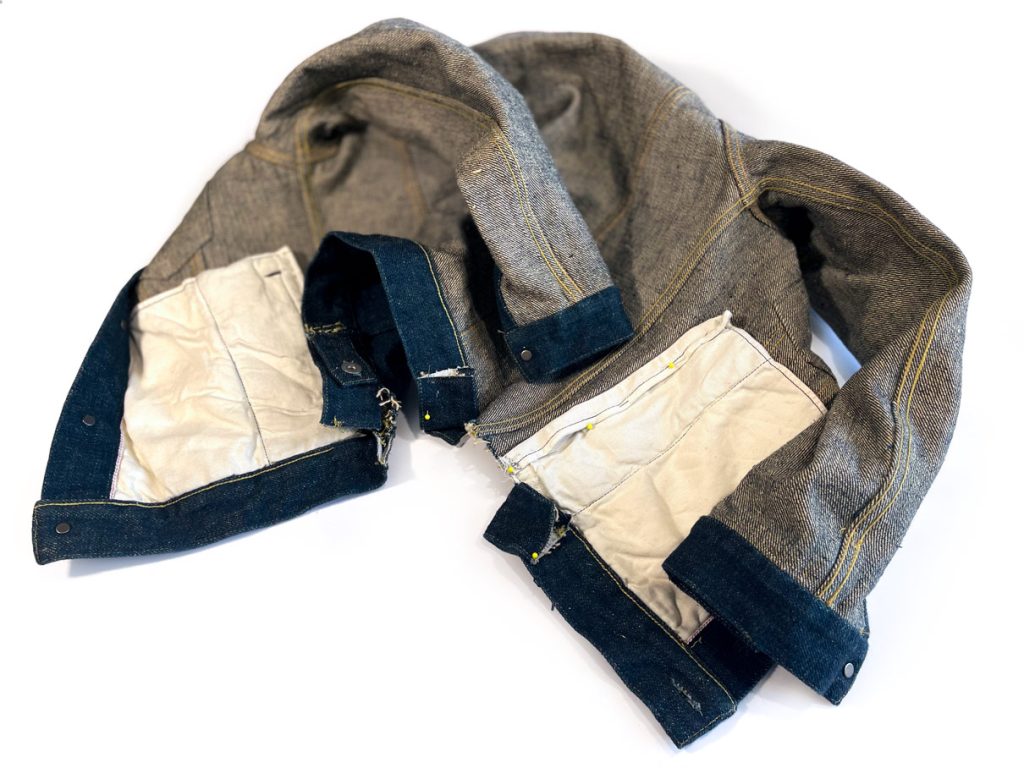
When it comes to hemming pants, maintaining the original look is key. Many tailors use what’s known as an “original hem alteration,” where they cut off the hem and reattach it with an added seam. But let’s be honest—that’s a poor man’s alteration technique. It compromises quality, especially for pants that aren’t distressed jeans. Following the manufacturer’s original stitching and details is the only way to ensure a professional result. Anything less can cost you discerning customers once they notice the poor craftsmanship inside their pants.
In this tutorial, I’ll show you how to hem pants professionally. If you have an industrial sewing machine, you’ll be able to follow along—just make sure you have the correct thread and needle sizes. These details matter, and most tailors overlook them.
If you’re using a home machine, the techniques I cover can work for lighter fabrics, but for heavyweight pants or workwear, a home machine won’t cut it. These require heavier thread and larger needles, and home machines typically don’t have the power to punch through tough fabrics like industrial machines do.
For those looking for a trusted professional to hem your pants, you’ve come to the right place. Williamsburg Garment Company is the nationwide leader in denim, workwear, and knit alterations. We specialize in giving you flawless, professional results—without any visible signs of alteration. Using factory-level machines and techniques, we deconstruct and reconstruct garments to preserve their original look and quality.
We may not be the fastest or the cheapest, but we’re committed to providing the best possible fit and finish. And we’ve made it simple to order alterations from anywhere. If you can order pizza online, you can order professional alterations from us. Just head over to WilliamsburgGarment.com and get started with a few clicks.


















